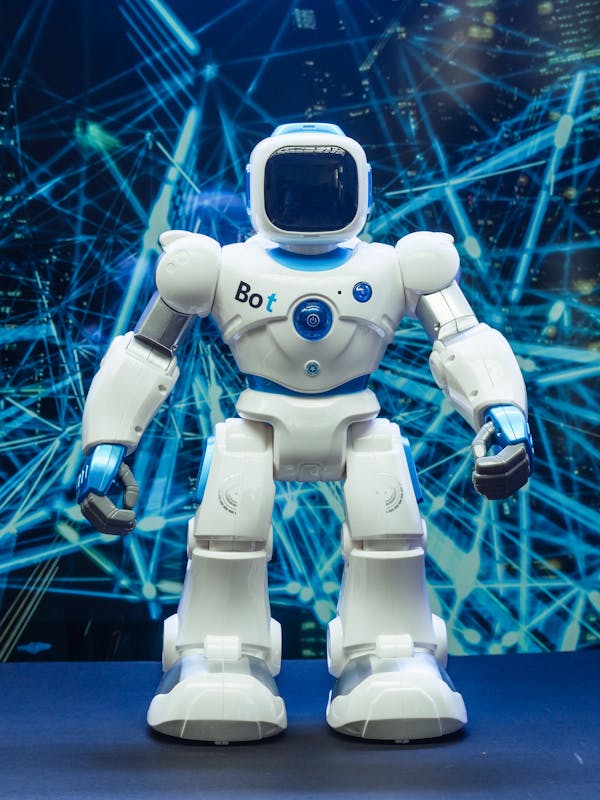AI is used across industries and in numerous applications. From user personalization and chatbots to automating customer service and identifying product counterfeits on online marketplaces, it enables businesses to serve customers better and outpace competitors.
The technology is technically complex, and building, operating and troubleshooting AI systems requires a specific set of skills. It also requires a significant amount of time and resources. Find out more at GPT Girlfriend.
Machine Learning
Machine learning (ML) is one of the core components of AI. It enables computers to learn from data without being programmed explicitly. This is often accomplished through supervised learning, which trains algorithms to predict certain values or events based on historical data, or unsupervised learning, which discovers general patterns in data points.
Examples of ML include recommendation engines used by e-commerce sites and social media platforms to suggest content that will interest users, computer vision in self-driving cars, diagnostic tools that use medical imaging or other data to identify disease markers, and automated helplines that route calls to the right person using natural language processing. In addition, ML technologies can identify fraud, security threats and other risks by analyzing large datasets for abnormalities.
But the way that ML works can create or exacerbate social problems. When human biases are fed into an algorithm, the machine can replicate them and perpetuate discrimination or other harmful behaviors. For this reason, interpretable ML and other efforts are being incorporated into ML development to make systems more transparent and understandable.
Reactive Machines
Reactive machines don’t have any memory components and can only react to current inputs. They provide predictable outputs based on pre-programmed rules and won’t learn from past experiences.

IBM’s Deep Blue, the chess-playing supercomputer that beat human grandmaster Garry Kasparov in 1997, is a classic example of a reactive machine. It understood the rules of chess, recognized all the pieces on the board and knew how each of them moved. But, it had no knowledge of past games or how to anticipate the next move – it simply responded to each situation based on its immediate inputs.
Reactive machines work well for simple tasks and can be a useful complement to flashier AI systems. They’re like the dependable workhorses that keep things moving so humans and more advanced tech can tackle the bigger challenges. They’re also cost-efficient, requiring minimal maintenance and consuming less power than older technologies.
Natural Language Processing
Natural language processing is a subset of artificial intelligence that uses machine learning to interpret text and data. The technology can be used to create chatbots, search engines and other enterprise software that aids in business processes, boosts productivity and simplifies different tasks.
NLP can analyze data and extract information that would be difficult for humans to find or understand. It is also useful in determining sentiment and meaning in text-heavy environments like social media and customer conversations.
NLP applications are growing increasingly complex and include:
Deep Learning
Deep learning is a subfield of machine learning that structures algorithms into layers to create an artificial neural network that can autonomously learn and make intelligent decisions. It is most commonly used in tasks that require complex analysis of data—such as identifying images, speech and text—or performing physical actions, such as driving a car or recognizing credit card fraud.
Unlike traditional computer programming, which requires precise instructions that the software can follow, a deep learning algorithm can take arbitrary or imprecise inputs and produce a relevant output. This makes it a more versatile tool for businesses than the traditional supervised learning models in machine learning, such as predictive analytics and recommendation engines. It’s also being used in areas such as photo tagging on social media, radiology imaging for healthcare and self-driving cars. Deep learning algorithms are typically trained on large datasets of labeled data to learn to associate features with correct labels—such as recognizing a cat or dog.



